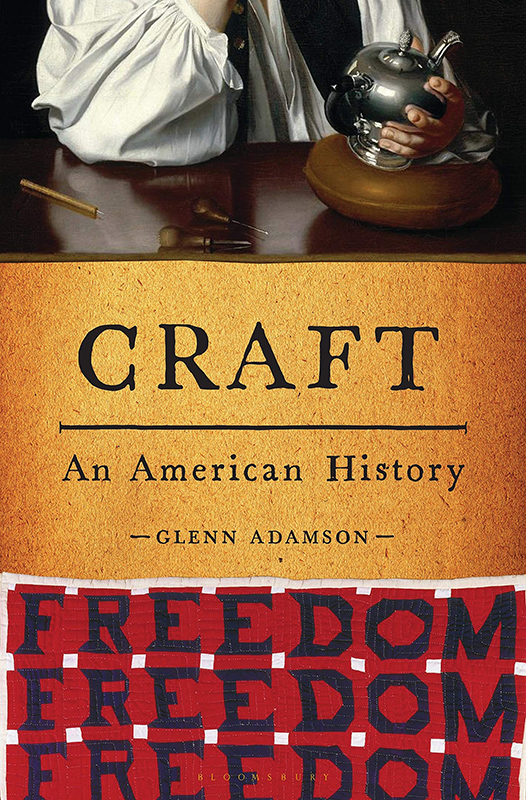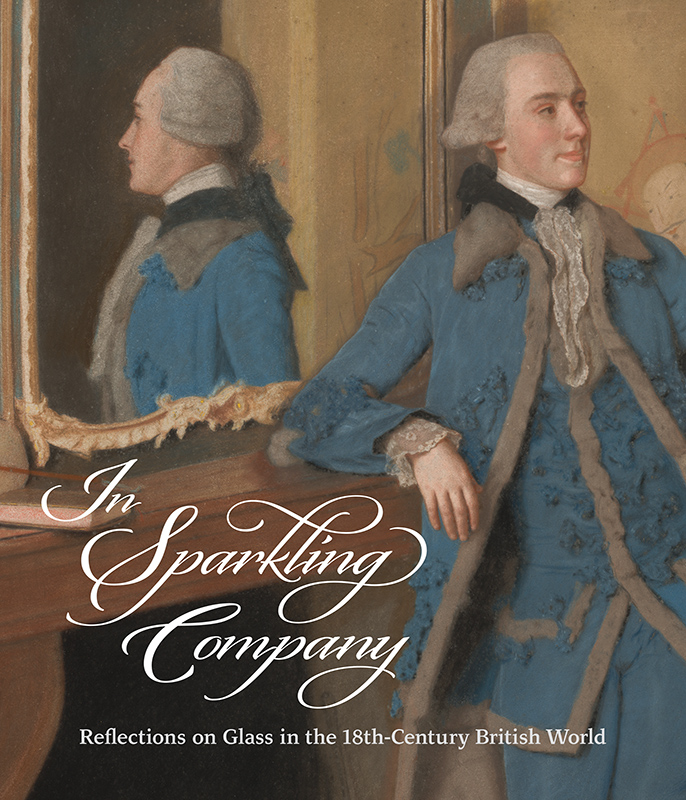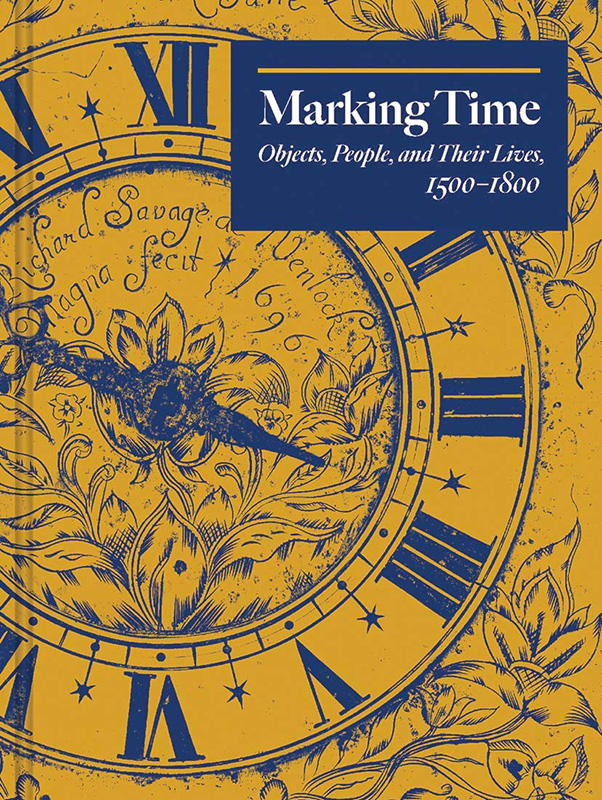Summer Reading Recommendations: Stories About Craft, Glass, and Time
by Carrie Greif
Glenn Adamson, scholar and former museum curator and director, almost needs no introduction in the world of craft and craft history. His latest publication, Craft: An American History, has already made quite the splash and is our 2021 summer reading selection. Adamson defines craft as “skilled making at a human scale.” Through his interpretation, Adamson opens the possibility that a broad range of achievements could be considered crafted, from bridges to fine art objects. This expansive notion of craft tells the story of the United States as one of building, creating, and changing through skilled labor, from the country’s founding (seen through the industrialization of Paul Revere’s metalwork) to contemporary crafts (like the work of Sonya Clark, who invites members of the public to unravel confederate flags in art museum galleries). Making to unmaking, this book will offer new insight into how we think about things, creating, and American Identity.
What does an 1801 “magnum” wine bottle tell us about time in early modern Britain? More than you may think. The new publication Marking Time: Objects, People, and Their Lives, 1500–1800 by Edward Town and Angela McShane from the Yale Center for British Art uses the John H. Bryan Collection (of Crab Tree Farm fame) to offer an encyclopedic account of the material world of early modern Britain. Uniting every unique object in this book is the inscription of a particular date in time. The volume opens with essays that provide in-depth analysis of the varied and evolving experience of time and how it was marked, measured, experienced, and understood. The catalogue section of the book, featuring over 200 selections, is not ordered chronologically; instead, objects are sorted by “seven-phases,” the time period’s prevalent conception of the distinct phases of human life when lived to its full extent. These phases come from a print that would have been familiar to many living in the early modern era, and the ordering lends to a nuanced notion of what time is. The chronology at the end of the book, which lists all of the dated objects and a timeline of events, serves to illustrate, writ large, that small, personal, everyday objects have a relationship to the larger scheme of world history.
Who among us is not awed by the ability of objects to share perspectives on the past that their original owners may not have even perceived? This enchanting power is expressed with thorough and compelling care in the Corning Museum’s 2020 publication In Sparkling Company: Reflections on Glass in the 18th-Century British World. Observations on stylistic attribution and specifics of construction fill countless volumes on the beauty and splendor of 18th-century British decorative arts, but Christopher Maxwell, Curator of Early Modern Glass at Corning, digs beneath production and ornamentation. My favorite chapter, “People in Glass Houses: The Polished and The Polite in Georgian Britain,” analyzes the rise of polite culture and its reflection in glassy surfaces, from Venetian chandeliers to drawing-room windows to painted pole screens. These are the stories of gorgeous objects with which you may not be familiar. Be sure to also take in Anna Moran’s essay on “Glass and Dining in Ireland” in preparation for our Study Trip Abroad next spring. Each chapter generates the gripping feeling of understanding how something beautiful can also be meaningful, frightening, and fragile.
Carrie Greif is the Curator of Educational Programs at the Decorative Arts Trust.
A print version of this article was published in The Magazine of the Decorative Arts Trust, one of our most popular member benefits. Join today!



